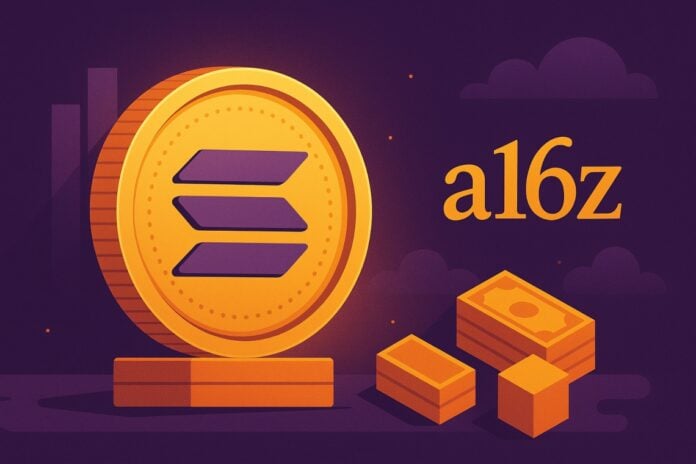The a16z jito investment announced Oct. 20, 2025, backs a push to expand liquid staking and improve validator efficiency on Solana while deepening a strategic partnership to support ecosystem growth.
Summary
What does the a16z crypto funding mean for jito liquid staking?
How will jito liquid staking change validator operations?
Jito plans to scale liquid staking so token holders retain liquidity while still securing the network. According to The Block report, a16z committed $50 million to Jito on Oct. 20, 2025, a move the project says will accelerate protocol development and tooling for node operators.
Jito’s approach also targets higher validator throughput and MEV-aware execution to raise effective yields for delegators and validators. Public breakdowns of capital allocation and timelines are not available and some implementation details remain [unverified].
Expanded liquid staking can reduce lock-up friction and channel capital toward active validators, improving capital efficiency in the staking market.
The funding is intended to accelerate Jito’s liquid staking features and validator tooling; concrete rollout dates and budgets are pending public disclosure.
How will the a16z solana partnership boost solana staking liquidity and solana validator staking?
Will this involve a jito token sale or jito bam mainnet?
The strategic tie positions a16z as an investor and partner aiming to deepen solana staking liquidity.
No project statement confirms a jito token sale or a specific jito bam mainnet upgrade schedule; stakeholders should await official releases on those topics via Jito channels and the project blog.
Support from a16z could include market-making, institutional introductions and technical collaboration to broaden routes to liquidity for staked positions. For context on Jito’s BAM work, see the project’s mainnet notes and developer posts.
Track official project channels and on-chain metrics before assuming token or mainnet timelines.
The partnership targets improved staking liquidity and validator economics, but token-sale and mainnet plans remain unconfirmed.
What does this mean for broader Solana ecosystem growth?
Which actors stand to benefit from increased solana staking liquidity?
More liquid staking can lower barriers to participation and let holders reallocate capital without unbonding delays, potentially smoothing delegation flows to validators.
Developers and DeFi builders may leverage more predictable execution economics tied to improved validator performance.
The move follows continued institutional interest in infrastructure: a16z previously backed LayerZero in a reported $55 million round (CoinDesk), illustrating a pattern of funding toward protocol primitives.
Brian Smith of the Jito Foundation called the transaction “a milestone moment” for the project, highlighting long-term partnership aims (The Block).
Several impact metrics from this partnership are not public and will require future disclosure and on-chain verification [unverified].
The investment and strategic alignment are intended to strengthen Solana’s staking stack and validator ecosystem; measurable results will follow as Jito rolls out features and releases adoption data.
For technical context on staking mechanics and validator best practices, consult our Solana staking guide and read the latest on Jito’s BAM mainnet work at Cryptonomist.
Broader ecosystem analysis is available in our Solana ecosystem update, and background on investor activity appears in our overview of a16z’s crypto portfolio.


